Are Australian $1 Coins Worth Money?
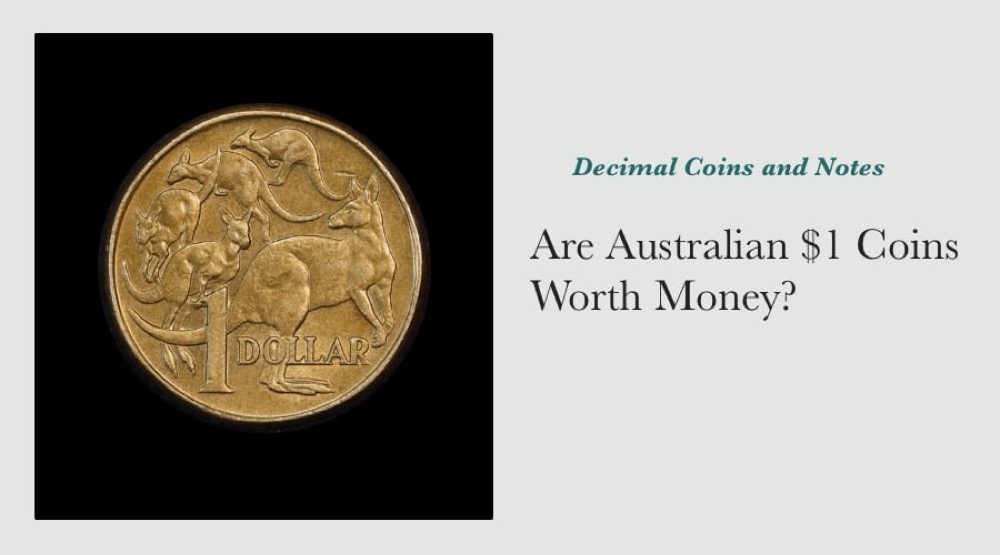
The one dollar coin was not included in the list of new coins recommended by the Decimal Currency Committee that reported to Treasury in August 1960, so Australians first saw our one dollar coin on May 14th, 1984.
.jpg) In 1973, the Treasurer advised Parliament: "While the minting of a dollar coin has been advocated by numismatists, there is no evidence of a public demand for such a coin."
In 1973, the Treasurer advised Parliament: "While the minting of a dollar coin has been advocated by numismatists, there is no evidence of a public demand for such a coin."
Australians had been using the one dollar note since February 1966.
Although it became apparent to many that Australia needed a higher value coin than the 50c to replace the one dollar note and to be used in coin operated machines, a series of press releases by the Commonwealth Treasury between 1973 and 1981 show development wasn't a smooth process.
In 1979, Treasury advised: "The Treasurer, the Hon John Howard, MP, today announced' that the Government had decided, at this stage, not to issue a one-dollar coin to replace the existing one-dollar note."
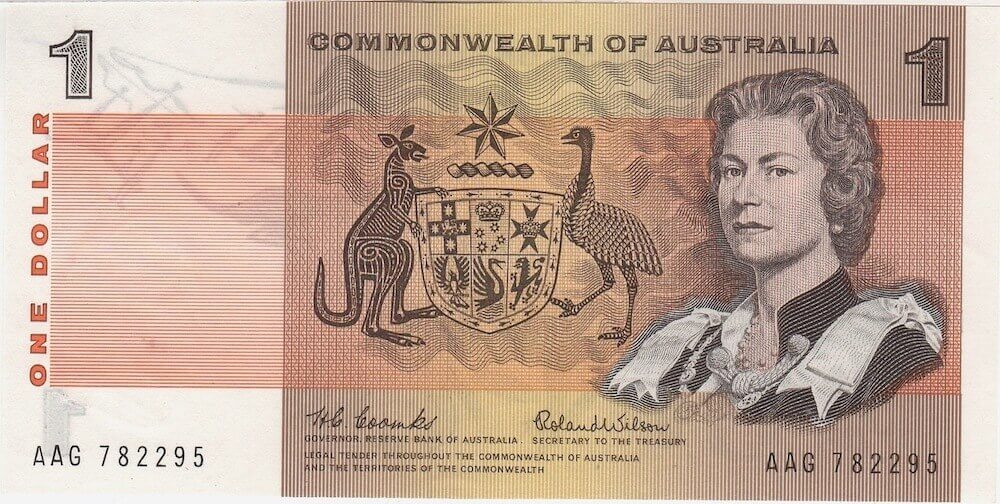
Australia 1 Dollar Note
In 1981, Treasury announced: "In the light of growing public interest in the matter, the Government has under consideration the possible issue into general circulation of a $1 coin."
Australia's one dollar coin was designed by Stuart Devlin, a pre-eminent coin designer and an Australian by birth.
Devlin had been commissioned by the Royal Australian Mint to design Australia's decimal coins in 1966.
By 1984, Devlin had become quite famous for designing a number of well-known coins for Commonwealth countries around the world.
.jpg)
Stuart Devlin - Designer of the Australian 1 Dollar Coin
A variety of new shapes were considered for the new coin, along with a seven-sided flan and a scalloped edge. Devlin submitted a range of possible designs to the Royal Australian Mint, including a wombat and a penguin. The design selection committee chose the famous five kangaroos design from them.
Are 1 Dollar Coins Still Popular?
Although Australia is apparently heading to a cashless society, 1 dollar coins are still accepted in business around the country by millions of people every day of the week.
Numerous new commemorative designs have been seen on Australia's one dollar coins between 1984 and 2023.
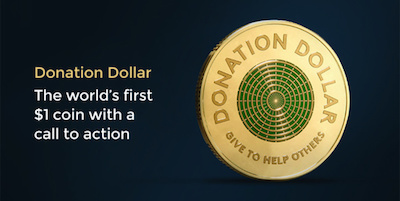
Donation Dollar | Image Source: AICD
Dollars are one of the more popular coins with collectors, a coloured coin was included for the first time in 2019 - the "Donation Dollar".
Each new coin design is keenly sought by collectors across the country as soon as it is released.
How Much Gold Is In An Australian $1 Dollar Coin?
Most Australians will call one dollar and two dollar coins "gold", but they don't contain any gold in them at all.
All Australian one dollar coins are made from an aluminium bronze alloy.
A small number of special proof coins have been made for collectors by the Royal Australian Mint in gold, they are generally very rare and aren't found in circulation.
What Is The Australian 1 Dollar Coin Made Of?
Coin features: an Australian 1 dollar coin is made of 92% copper, 6% aluminium and 2% nickel. It weighs 9.00 grams and is 25.00 mm wide.
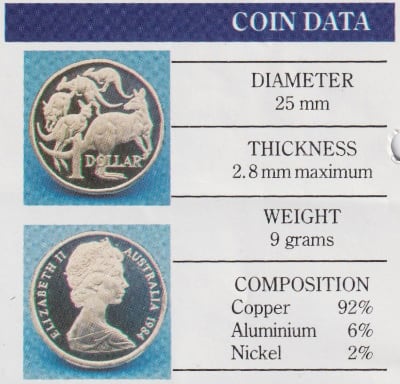
Australia 1 Dollar Specifications
Image Source: Royal Australian Mint
How Much Is An Australian One Dollar Coin Worth?
More than 1 billion (yes, billion with a B!) one dollar coins have been made since then.
Because so many of them have been made, an Australian one dollar coin is generally worth just that - one dollar.
Some one dollars are rare though, collectors can pay a lot of money for them.
Which Australian One Dollar Coins Are Valuable?
Australia's rarest one dollar coin is the 2000 $1/10c mule - this is the one to look for!
A few years ago, a mint condition example sold at auction for more than $10,000.
.jpg)
Australia 2000 $1/10c Mule Coin
Image Source: Sterling & Currency
Back in 2000, a slip-up at the Royal Australian Mint in Canberra unintentionally made a rare $1/10c mule coin that dedicated decimal coin collectors are prepared to pay thousands of dollars for.
What is a Mule Coin?
So just what is a "mule" coin? This numismatic term originates from the hybrid animal that has the same name.
Most animal species have large genetic differences between them, but sometimes different but related species of animals can mate and give birth to a hybrid.
One of the most well-known hybrid animals is the mule - they are the offspring of a donkey and a horse.
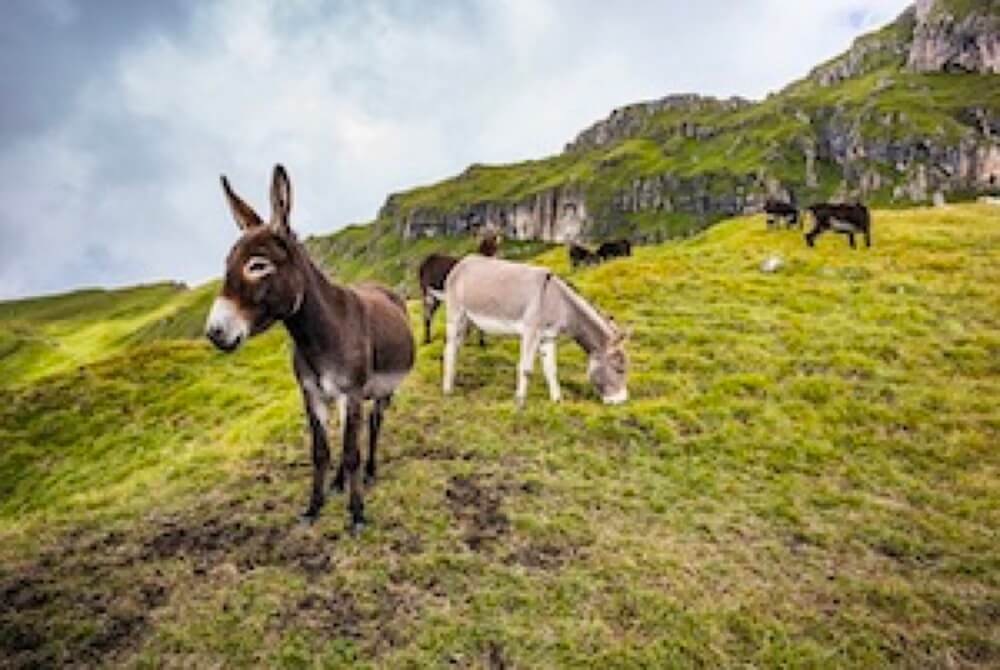
Mules Grazing
Image Source: Wikipedia
When a coin is struck, a blank bit of metal is placed between two dies that impress the designs on either side.
Coins are produced using dies that are designed solely to strike those specific coins, and nothing else.
How Is A Mule Coin Made?
Sometimes though, dies that are very similar to each other can get mixed up in the mint.
The term "mule" is used to describe to coins have been struck from dies that were not intended to be used together.
The diameter of an Australian one dollar coin is 25.00mm, while the diameter of an Australian ten cent coin is 23.60mm.
They are incredibly similar in size to each other!
The rim of a 10 cent coin measures up at around 0.70mm, while the rim of a 1 dollar coin measures up at around 0.90mm.
When we compare the internal diameter of a 10 cent coin (around 22.20mm) against that of a one dollar coin (around 23.20mm), we can see why the 2000 One dollar 10c Mule has a much thicker rim than a standard one dollar coin - there is an extra 3mm of metal around the internal diameter, which generally leaves a rim of up to 1.55mm in width.
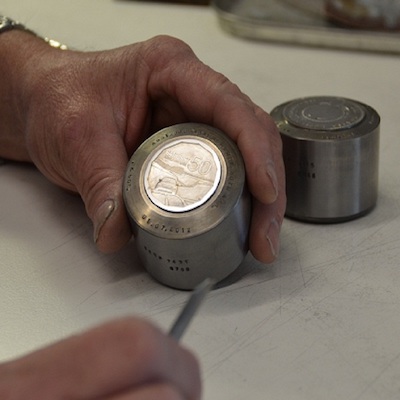
Australia 50 Cent Reverse Coin Die
Image Source: Royal Australian Mint
What Does the Rare 2000 One Dollar/10c Mule Coin Look Like?
The tails side of a mule dollar looks exactly the same as a normal 2000 one dollar coin (it has the famous five kangaroos design).
The coin weighs exactly the same as a normal 2000 one dollar coin.
Because the 10 cent heads side die is 1.4mm thinner than the one dollar heads side die that should have been used, the rare 2000 $1/10c mule coins have a thicker rim around the edge of the heads side.
How Can I Tell If My 2000 $1 Dollar Mule Coin is Real?
Before we can work out the value of a 2000 $1/10c mule coin, we need to make sure that it's genuine first.
Take a look on eBay, Gumtree or Alibaba, and you'll see some apparently rare and valuable Australian one dollar coins being sold for not a lot of money.
Nearly all of them are Chinese counterfeits, and if you look at them closely, they generally look "weird".
If you're not sure if your 2000 $1 mule coin is genuine, you should take it to a reputable coin dealer to get it assessed.
What Is My 2000 1 Dollar Mule Coin Worth?
Once you've confirmed your 2000 mule is genuine - we need to check two things, quality and whether the coin has been centrally struck or not.
A coin that is in mint condition has sold for more than $10,000, while used examples generally bring at least $300 - $400 each.
Comments (3)
By: Murray on 27 June 2024Very interesting read
By: Murray on 27 June 2024Very interesting read
Mule Riding :-)
By: Brian Howard on 3 June 2023Fascinating, I had no idea about these little mules. I'll definitely be checking my coin change more closely from now on! Back in 1984 when the first $1 coins were released I bought a few handfulls and stuck them in a jar, thinking the first of a new breed might be worth something one day. Still got 'em! I'll be going through therm tonight looking for some of those strange and special little horses! :-)